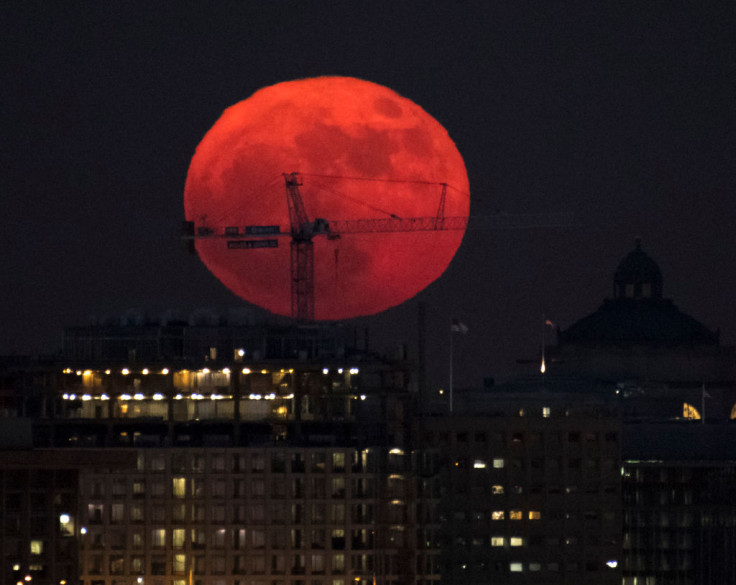Supermoons of 2018: Rare 'wolf moon' and 'super blue blood' moon to treat skywatchers in January
"The supermoons are a great opportunity for people to start looking at the Moon, not just that once but every chance they have!"

As the New Year kicks in, sky-watchers have started gearing up for two supermoons that will offer some exquisite night sky views.
The first of the two supermoons, nicknamed wolf moon, will appear on the night of 1 January, while the second, a "super blue blood" moon, will appear with a blood-like reddish hue on 31 January.
A supermoon, as Nasa describes, is a full moon at the closest orbital point to Earth. They appear about 14% larger and 30% brighter than moons occurring at the farthest orbital point.
Interestingly, January's pair of supermoons will mark the final two episodes of the 'supermoon trilogy' that began last month with a full cold moon.
The first, wolf moon, will be biggest of the year. It has been named this way because this was the time when hungry wolves howled at the Moon, according to Daily Mail.
Meanwhile, the second moon will be even more special than you think.
According to the space agency, the 31 January supermoon will pair up with a total lunar eclipse that could be seen from eastern Asia across the Pacific to western North America. During this period, when the Earth comes between the Sun and Moon, the supermoon will slowly lose its brightness and take a fainter-than-normal reddish hue due to the bending of scant sunlight passing through Earth's atmosphere.
Due to this phenomena, the second supermoon of the month, which is essentially called blue moon due to its rare appearance every two and half years, has been called a "super blue blood moon."
"The supermoons are a great opportunity for people to start looking at the Moon, not just that once but every chance they have!" said Noah Petro, a research scientist at Nasa.
Both supermoons will remain visible depending upon the cloud cover in your region but in order to capture splendid views, try to look after moonrise and before sunrise when the moon sitting right on the horizon. That would be the moment when you'll be able to compare the massive moons with objects like local landmarks and trees and take some mind-boggling shots.
The lunar eclipse, as Quartz reports, will begin at 11:48 am UTC and reach its maximum at 1:30 pm UTC. "The lunar eclipse on January 31 will be visible during moonset. Folks in the Eastern United States, where the eclipse will be partial, will have to get up in the morning to see it," Petro added. "But it's another great chance to watch the Moon."
It is also important to note that unlike a potentially harmful solar eclipse, you can watch two supermoons and the lunar eclipse with the naked eye. There's no risk of any kind of eye damage.





















